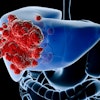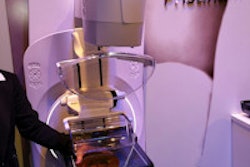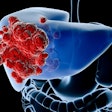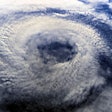Dear AuntMinnie Member,
Toshiba this week made its much-anticipated announcement of a buyer for its Toshiba Medical Systems division, selecting Canon as the company with which it will begin exclusive talks on a divestiture.
For Canon, the announcement is a milestone in the company's urgent push to diversify beyond its core business of consumer digital photography, which is increasingly being eaten away by smartphones. In medical imaging, Canon is recognized for being a pioneer in digital radiography, but that's ultimately a niche market, and buying Toshiba Medical's operations will instantly make Canon a player in the far more lucrative big iron scanner business.
At the same time, the news is bittersweet for Toshiba. The company has a long pedigree in radiology, having started research on x-ray tubes in 1914. In recent years, the vendor had focused aggressively on advanced imaging systems, with the ultimate goal of climbing to the same pinnacle occupied by GE, Siemens, and Philips at the top of radiology's food chain. And by most accounts it was succeeding.
But Toshiba Medical's plans were derailed by the spiraling accounting scandal at its parent company, which left it desperate to raise cash. And so the medical division goes on the block, Canon gets its deal, and the radiology community in the coming months will witness one of the biggest reshufflings of the corporate landscape since midtier companies like Picker, Acuson, and ATL went by the wayside more than 15 years ago.
Read our coverage of the deal by clicking here, or visit our Ultrasound Community at ultrasound.auntminnie.com.
Which imaging tool is best for dense breasts?
Which imaging tool is best for following up suspicious findings detected on screening mammography: ultrasound or digital breast tomosynthesis (DBT)? Researchers presenting at the European Breast Cancer Conference in Amsterdam this week found benefits to both modalities, but believe that DBT may ultimately win out.
As breast imaging specialists know, dense breast tissue can confound standard mammography -- even with a digital system. So adjunctive tools are needed to compensate for x-ray mammography's shortcomings.
There are a variety of modalities available, but the researchers compared two of the most common, ultrasound and DBT. While ultrasound got the nod for sensitivity, detecting more cancers missed on 2D screening mammography, tomosynthesis also performed well, and it may have an edge because it's easier to perform and more convenient for patients.
Read more by clicking here, or visit our Women's Imaging Community at women.auntminnie.com.
Top 5 trends for ECR 2016
What were the top five trends from the just-concluded ECR 2016 conference? We asked our expert team of reporters who were onsite in Vienna to compile a list, which you can reach by clicking here, or by visiting our RADCast @ ECR.



















